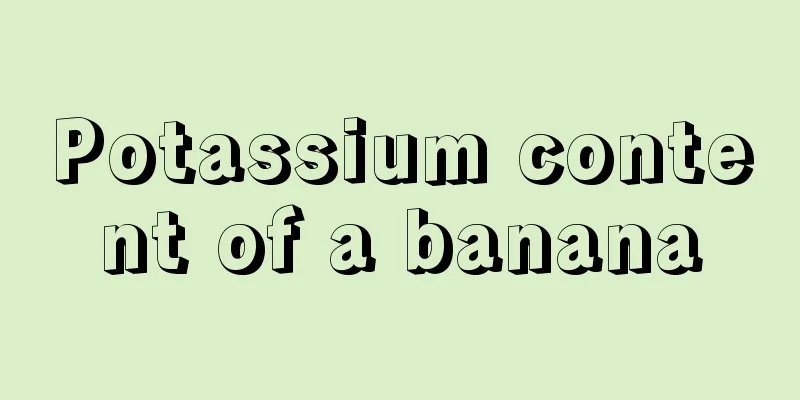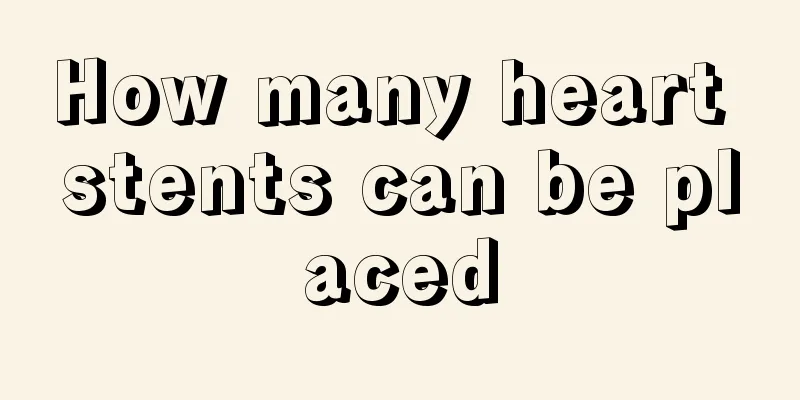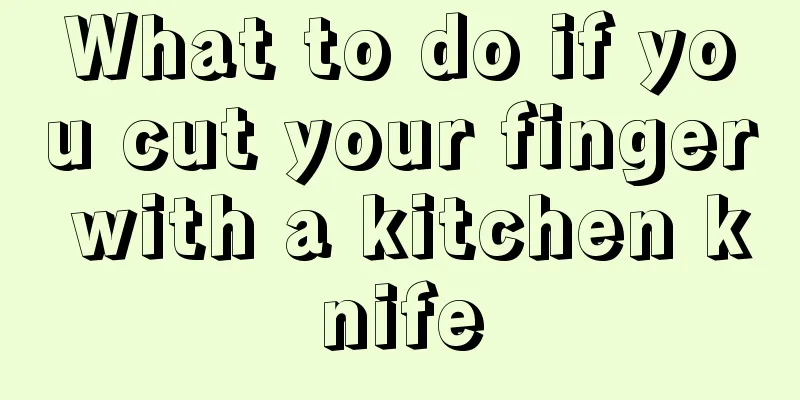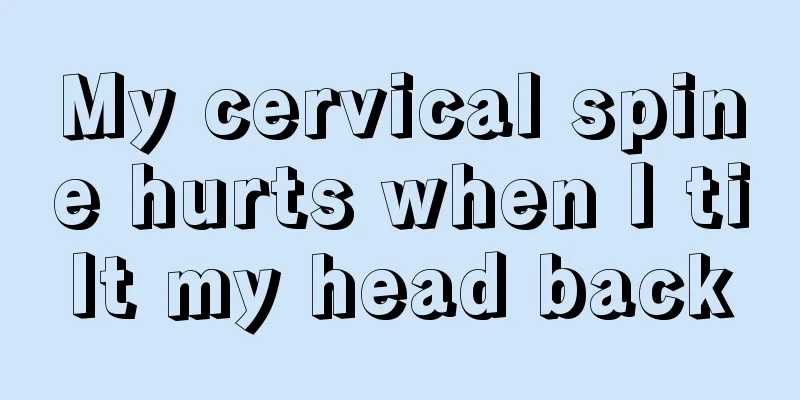Avoid when practicing Tai Chi
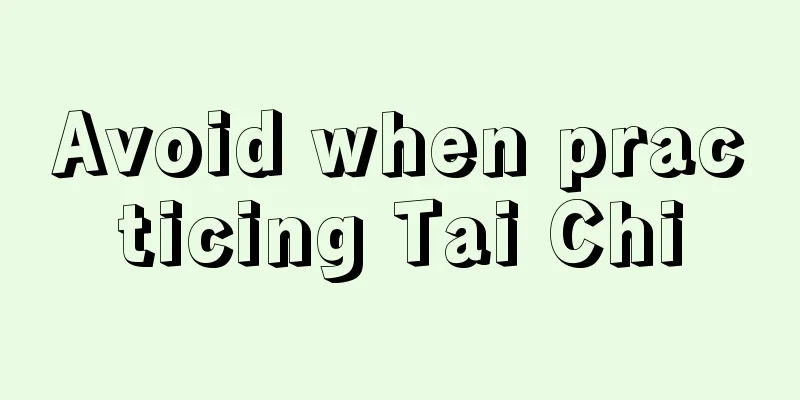
|
As people get older, they pay more and more attention to their physical health. As they get older, their body functions are gradually deteriorating, and it is necessary to take some health care measures at this time. Among them, Tai Chi is a health care method chosen by many middle-aged and elderly people, because practicing Tai Chi helps to calm a person's mind and achieve the purpose of strengthening the body. But what are the taboos when practicing Tai Chi? The ten taboos of practicing Tai Chi The God of War Tai Chi is three parts form and seven parts intention, and the ten parts of skill are spirit. Moves are techniques, spirit is momentum. Moves without spirit are powerless. Only moves with techniques and spirit are powerful. The divine power penetrates the heart, the divine power is unfathomable, and the divine light is as majestic as a sharp weapon. When practicing Tai Chi you must achieve coordination of hands, eyes and body, and a flow of spirit, energy and intention. Avoid being loose and weak Relaxation is the door to Tai Chi and the first hurdle for Tai Chi practitioners to get started. Relaxation loosens the joints, vertebrae, and muscles, tendons, and skin, allowing Qi and blood to reach the extremities directly. It is by no means loose, messy or slack. Avoid rigid strength training Tai Chi is about using intention without using force, and is about being soft yet strong. Relaxation is the door to Tai Chi, while stiffness is a stumbling block to Tai Chi. Using Qi will cause Qi to stagnate, and using force will injure Qi, which are the big taboos in Tai Chi. Avoid sudden attacks The fighting principles of Tai Chi are: do not collide or push, accept the adversity, use force to transform force, and use little force to overcome great forces. Not only will a sudden attack fail to lead to victory, it will also easily result in both sides suffering losses. Avoid frivolous dancing If the body is heavy, the Qi will sink; if the body is frivolous, the Qi will be dry. Calmness, stability, heaviness and solidity are the basic requirements of Tai Chi. "Peng, Lu, Ji, An, Cai, Lie, Zhou and Kao" are the boxing techniques of Tai Chi. "Circle and rotation" are the trajectory of Tai Chi movements. If it is a boxing, it must strike. There is no boxing that does not strike. Tai Chi is a kind of boxing that uses "clever force". It is a frivolous and strange dance, flashy and fancy. It looks good but is useless and has no benefit to health. Avoid visiting other people's houses Tai Chi is an internal martial art, and its emphasis is on practicing both internal and external techniques. If you mix in external martial arts moves with your practice, it will be difficult to make progress. Avoid practicing different kinds of boxing at the same time Practicing Tai Chi together with other miscellaneous martial arts can easily cause the body's Qi and blood to become disordered, making it difficult to practice the circulation of Qi through the body. Avoid rapid success Kung Fu cannot be acquired by learning alone, but by practicing. Only when you practice to the point of being proficient in it, can it come naturally. There is no shortcut, and haste makes waste. Avoid excessive pursuit of success The key to practicing Tai Chi is to build a good bridge and regulate your breathing. Only by attacking it gently can you fill the pool with body fluids and be nourished by the elixir. If the mouth is not relaxed, the teeth are clenched, and the bridge is too tight, it will cause dry mouth and bitter taste, and damage the essence and energy. Be careful not to talk too much The core of practicing Tai Chi is to purify the mind, regulate breathing, generate saliva and refine the elixir. Distractions in your mind are a major obstacle to practicing boxing well and must be eliminated. Secondly, there is a saying that "too much farting means no disease, but too much talking means lost life". Practitioners who talk while practicing are wasting body fluids and energy, so this should be strictly controlled. Things to note when children practice Tai Chi Environmental requirements It is best to take children to a natural environment with flowers, plants and trees to practice Tai Chi. Such an environment has fresh air and less noise, which is conducive to children's concentration. Posture requirements There are many requirements for Tai Chi postures, but for young children, there are five main points to pay attention to. 1. The head needs to remain naturally upright, not tilted, and should be relaxed and flexible, so that you can feel refreshed. Don't open your eyes too wide, don't wrinkle your brows, and keep your gaze straight. Keep your mouth closed rather than open, do not clench your teeth hard, keep your tongue against the upper palate, and breathe naturally through your nose. 2. Hands must not be stiff and tight. Fingers should be naturally stretched. Do not use force when making a fist. You need to be loose and gentle. Just curl the little finger, ring finger, middle finger and index finger in sequence so that the fingertips touch the palm of your hand, and press the tip of your thumb on the middle section of your index and middle fingers. This is what is meant by the hollow fist of Tai Chi. 3. Keep your chest tucked in and your back straightened. The chest is slightly inward, just like a cat which will curl up its body as much as possible when trying to catch a mouse. Before we jump, the hip, knee and foot joints must be bent. If not, we will not be able to jump or dive. The correct back-stretching posture is to consciously relieve the tension in the shoulder and back muscles. Mentally, there is a palm-sized area of skin around the big cone that can stick to the fitting clothes. The child may not know this place, so the adult should point it out to him. 4. Keep your waist up when practicing boxing. There is a rhyme saying "How can one not have body shape and waist?" For example, the Cloud Hands, Hug the Knees and Aobu, the Oblique Flying Style, the Seabed Needle, the High Probing Horse, etc., all require the waist to be straight, just like a compass, the needle moves but the needle axis does not leave its original position. You cannot bend over. Bending over means lowering your head and raising your hips, without straightening your waist and losing your center of balance. This can easily cause breathing difficulties. 5. Tai Chi's requirements for the legs are, first of all, to be able to distinguish between the real and the fake; secondly, the movements must be light and flexible; thirdly, they must be balanced and stable. For children, as long as the movements are not awkward, they will become as smooth as flowing water naturally over time. Breathing requirements Breathing is an important part of Tai Chi. Regarding breathing when practicing Tai Chi, there are basically two methods: one is natural breathing, and the other is fist breathing. Natural breathing means not paying too much attention to the coordination of breathing, boxing stance and movements. On the basis of doing the boxing movements well, breathing should be natural and comfortable. This method of breathing is suitable for young children. |
<<: Which cells secrete insulin?
>>: Can I put green radish in a pregnant woman's bedroom?
Recommend
I ate bloody chicken legs and got bird flu
During the period of bird flu epidemic, every pou...
How big is the impact of bone cancer on pregnant women
How much does bone cancer affect pregnant women? ...
How many courses of chemotherapy are usually needed for gastric cancer?
Generally, chemotherapy requires six courses of t...
The washbasin can be used to wash underwear
In life, every household has many basins, which a...
Diet therapy that helps improve discomfort in patients with colon cancer
The incidence of colon cancer has been on the ris...
How to make acne mature faster
Some people like to pick the pimples on their fac...
Calories in a grapefruit
The reason why people gain weight is because they...
What does an enlarged spleen feel like
The spleen is a relatively important organ in the...
How to wash silk fabrics?
In daily life, clothes made of silk fabrics are a...
What's wrong with toothache and throat pain?
I don't know what happened recently, but I ha...
Will prostatitis turn into prostate cancer?
Can prostatitis turn into prostate cancer? 1. Due...
What to do when wearing contact lenses
Wearing contact lenses for too long can cause dry...
Will renal hamartoma disappear by taking Chinese medicine? Can it be cured?
Renal hamartoma is a benign tumor. Traditional Ch...
Can acute pulpitis heal itself?
The health of our teeth has a relatively direct i...
How to clean mildew spots on clothes
Many people do not pay much attention to the care...
